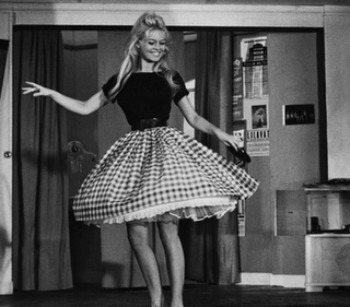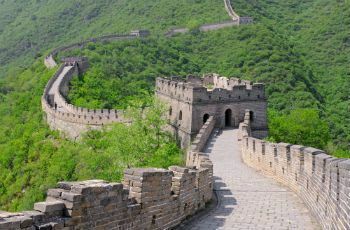After reaching power, the October revolutionaries carried out a series of changes aimed at breaking with the old foundations that had supported Tsarist Russia. Several banks and industries were nationalized, titles of nobility lost their value, civil liberties were reorganized by new laws, the armed forces gained new training and workers could participate in the management of industries in which worked.
Another very important transformation was the negotiation of an agreement that would determine the Russians' peaceful exit from the First World War. Signed on March 3, 1918, the Treaty of Brest-Litovsk achieved this objective through the liberation of regions previously controlled by the tsarist regime. Thus, the Russian exit from the conflict ended up establishing the formation of new independent nations such as Latvia, Lithuania, Ukraine, Poland and Finland.
Despite the pacification, the revolutionary government still had to face the counterrevolutionary military forces of the White Army, formed essentially by conservatives, royalist officials and troops from European nations who feared spreading Russia's popular revolution to others nations. In this context, it was necessary to implement war communism, marked by rigorous actions of economic intervention that guaranteed the maintenance of the Red Army. In 1921, the revolutionary forces ended up winning the conflict.
After the end of the conflicts, Lenin's government was faced with the serious ills of a country completely worn out by backwardness and war. So that the current situation could be resolved, Lenin announced a new package of actions that would integrate the so-called New Economic Policy (NEP). This new policy allowed some practices of a capitalist nature to be practiced in order to heat up the country's economy. In the short term, the freedoms offered by NEP were able to project the country's economic recovery.
Do not stop now... There's more after the advertising ;)
If, on the one hand, the economy was experiencing this situation of openness, the Russian political context was heading in the opposite direction. The Russian Communist Party came to represent the country's government and was recognized as the only political association authorized to function. A new constitution was formulated and neighboring regions that also adhered to socialism became part of the Union of Soviet Socialist Republics (USSR), created in 1923.
In the year 1924, the Russian government was seriously shaken by the death of Vladimir Lenin. From that moment on, the achievements achieved by the success of the revolutionary experience should be transferred to the hands of a new leader. It was in this situation that political leaders Leon Trotsky and Josef Stalin vied with each other for control of the USSR. Having a more vigorous political articulation and a discourse focused on the country's internal issues, Stalin ended up taking over the government.
By Rainer Sousa
Master in History
Would you like to reference this text in a school or academic work? Look:
SOUSA, Rainer Gonçalves. "Lenin Government"; Brazil School. Available in: https://brasilescola.uol.com.br/historiag/governo-lenin.htm. Accessed on June 27, 2021.



